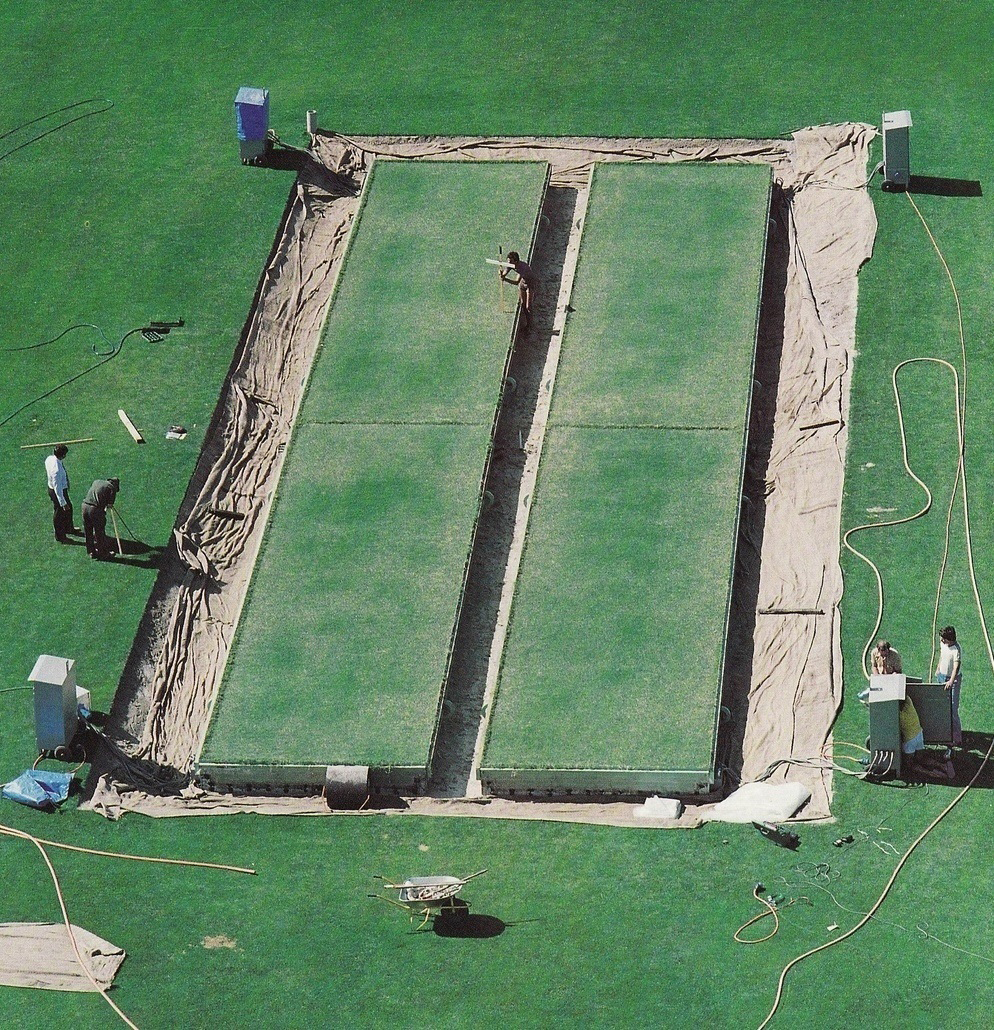In this week’s edition of ‘In Search of West Indies Cricket,’ Roger Seymour reflects on the Legacy of World Series Cricket (WSC). In last week’s Part II of the Packer Revolution, he looked at the man himself, Kerry Packer.
When World Series Cricket (WSC) erupted in May, 1977, cricket was lagging behind the world of professional sport in every facet: administration, players’ compensation, television coverage and sponsorship, among others. Today, aficionados around the world can watch the game in all its formats, whilst enjoying arguably one of the best televised productions in all of sport. WSC’s indelible footprints of innovation and change are everywhere.
$ for cricketers
“[Sir Donald] Bradman had as much to do with the formation of WSC, as Kerry Packer,” Ian Chappell, retired Australian cricket captain and captain of WSC Australian XI.
Chappell had twice attempted to secure increased emoluments for his teammates only to be railroaded by the highly influential Bradman of the Australian Cricket Board (ACB). He was just about to approach union leader Bob Hawke, (later Australian Prime Minister), for advice on the formation of a players’ union when Packer’s substantial offer to play for WSC was


